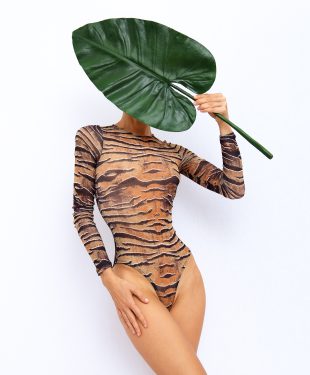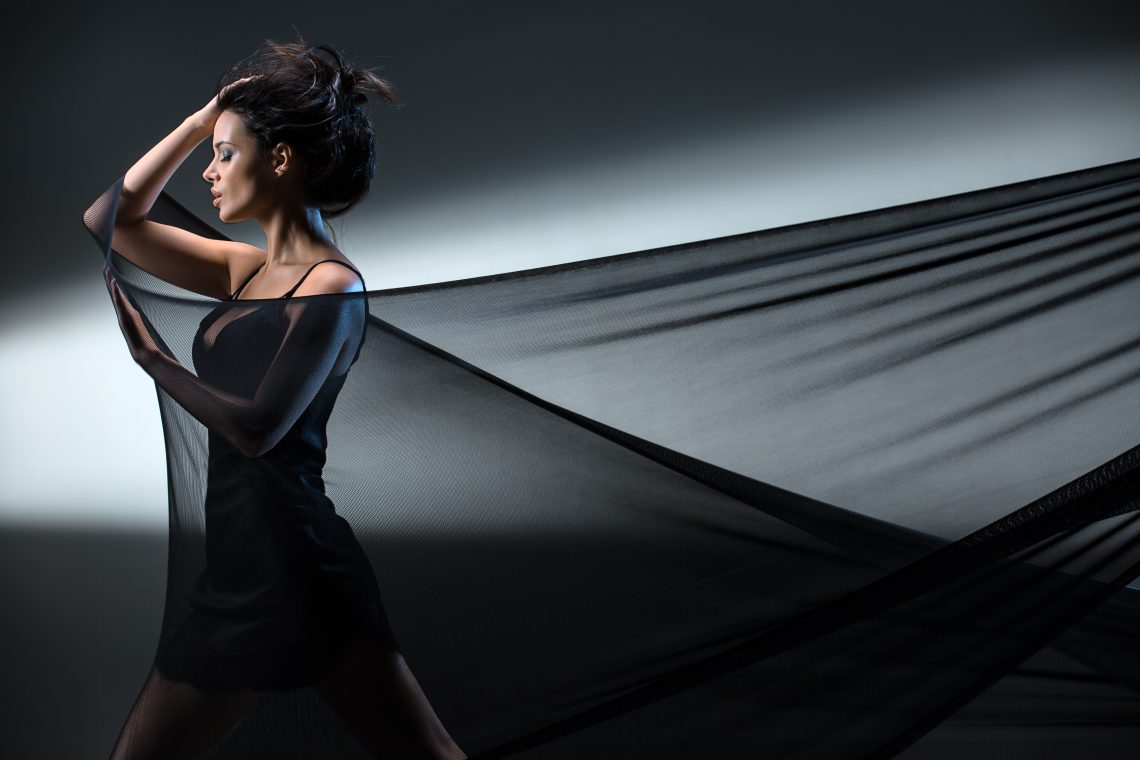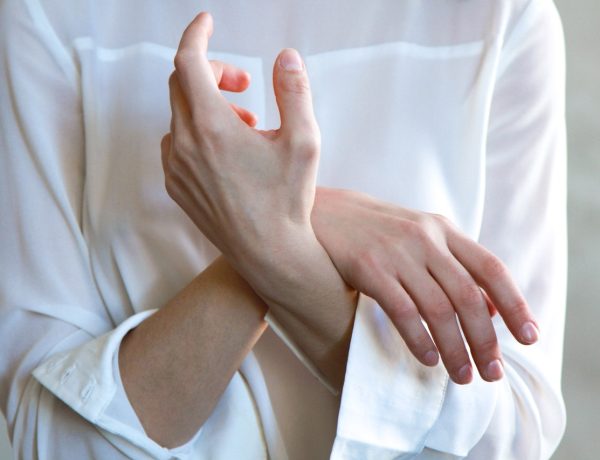Today we want to discuss the rise of barely there fashion. In recent years, the world of fashion has witnessed a radical shift towards a minimalist and barely there aesthetic that turns traditional clothing styles on their head. As societal norms evolve and conversations around body positivity, gender neutrality, freedom of expression, and sustainability become more prevalent, the anti-clothing movement has emerged as a powerful voice in contemporary fashion.
From revealing silhouettes to unexpected materials forged by innovative designers, this intriguing trend continues to dominate runways and social media feeds alike.
Key Takeaways
- Barely There Fashion is a minimalist clothing trend that emphasizes freedom of expression and body positivity.
- The movement challenges traditional gender roles and societal expectations surrounding clothing.
- Minimalist and utilitarian styles are popular in anti-clothing fashion, with sustainability and ethical concerns also driving the trend.
- The rise of Barely-There Fashion reflects personal beliefs about clothing, our relationship with it, and its impact on the environment.
Defining Barely There Fashion
 Barely There Fashion is a clothing style that incorporates minimalist silhouettes and emphasizes freedom of expression, oftentimes featuring little to no coverage of the body.
Barely There Fashion is a clothing style that incorporates minimalist silhouettes and emphasizes freedom of expression, oftentimes featuring little to no coverage of the body.
Examples And Characteristics
Barely there fashion, as the name suggests, revolves around styles that feature minimal coverage and leave little to the imagination. This daring trend has gained mainstream popularity in recent years, with celebrities and influencers alike pushing the boundaries of conventional dressing.
A notable example of this trend is Rihanna’s iconic 2014 CFDA Awards look: a shimmering gown adorned with over 200-thousand Swarovski crystals that left nearly nothing hidden from view. Similarly, Kendall Jenner made headlines when she wore a transparent chainmail mini dress on her birthday in 2017.
The Psychology Behind The Movement
Barely there fashion is more than just a clothing trend; it’s rooted in psychology and personal beliefs. It embraces the idea of freedom of expression, body positivity, and empowerment. The anti-clothing movement has gained popularity as people seek to express their individuality outside societal norms. By wearing less clothing or opting for minimalistic styles, individuals can challenge gender performance and masquerade wear that have traditionally dictated what we should wear.
This movement empowers people who feel insecure about their bodies by giving them control over how they’re perceived. Naked dressing serves as a way to expose oneself without fear, particularly with women’s liberation from covering up in evening wear becoming common practice nowadays.
Trends In Anti-Clothing
Influencers and social media have played a significant role in popularizing minimalist and utilitarian styles, as well as promoting the antiestablishment and freedom of expression message behind the movement.
Popular Influencers And Social Media
Social media has played a significant role in the rise of Barely There Fashion. Popular influencers and celebrities have embraced this movement, sharing images of themselves dressed in minimalist or revealing clothing styles. This has led to a wave of interest in bare-all fashion, particularly among younger generations who seek empowerment through freeing themselves from societal norms about clothing.
Brands catering to this anti-establishment movement have capitalized on social media’s power by partnering with popular influencers to promote their barely there clothing lines. Through collaborations with these trendsetters, they inspire fans to embrace confidence over conformance when it comes to how they dress.
Minimalist And Utilitarian Styles
 Minimalist and utilitarian styles have gained popularity in the anti-clothing movement, with a focus on functionality and simplicity. These styles prioritize comfort over glamour, with streamlined silhouettes and neutral colors. Brands like Everlane and Patagonia have become advocates for minimalist fashion, promoting high-quality basics that can be worn year-round.
Minimalist and utilitarian styles have gained popularity in the anti-clothing movement, with a focus on functionality and simplicity. These styles prioritize comfort over glamour, with streamlined silhouettes and neutral colors. Brands like Everlane and Patagonia have become advocates for minimalist fashion, promoting high-quality basics that can be worn year-round.
The rise of minimalism in fashion has been influenced by the growing awareness of environmental concerns linked to fast fashion. Consumers are looking for sustainable options that are durable enough to last multiple seasons. This trend towards minimalism also reflects a cultural shift towards valuing simplicity over extravagance.
The Future Of Barely There Fashion
The future of barely there fashion looks towards sustainability and ethical concerns, with potential to impact the fashion industry and challenge societal norms surrounding clothing.
Sustainability And Ethical Concerns
As the Barely There Fashion movement continues to gain momentum, there are growing concerns about sustainability and ethics in the fashion industry. As consumers become more conscious of their environmental impact, they demand greater transparency from brands regarding how their clothes are made and the materials used.
This has spurred a rise in sustainable fashion initiatives that prioritize eco-friendly fabrics like organic cotton, recycled polyester, and Tencel. Ethical concerns also come into play as we consider fair labor practices for garment workers around the globe. The Barely There Fashion movement is not just an aesthetic choice; it reflects personal beliefs surrounding our relationship with clothing and how we express ourselves through what we wear.
Potential Impact On The Fashion Industry And Societal Norms
The rise of Barely There Fashion has the potential to revolutionize the fashion industry and challenge societal norms. As consumers become more conscious about their impact on the environment, there is a growing demand for sustainable and ethical clothing options. This shift towards minimalism and sustainability could have significant implications for fast fashion brands that rely heavily on mass production and disposable garments. It could also challenge traditional gender roles in fashion by promoting gender-neutral styles that defy societal expectations. However, it remains to be seen whether this trend will become mainstream or remain niche within certain subcultures.
Conclusion
In conclusion, the rise of Barely There Fashion represents a shift in societal norms and personal beliefs about clothing. This anti-clothing movement is driven by both individual empowerment and collective feminist ideals. The trend towards minimalism and utilitarian styles is also reflective of our desire for sustainability and ethical fashion practices. As we continue to see the cyclical trends in fashion, it will be interesting to observe whether Barely There Fashion becomes mainstream or remains a niche microtrend. Nonetheless, the impact on the fashion industry has already been felt as brands struggle to balance consumer demands with sustainable solutions.
Read more fashion articles at ClichéMag.com
Images provided by BingAI, Adobe Stock, Flickr, Unsplash, Pexels, Pixabay & Creative Commons



